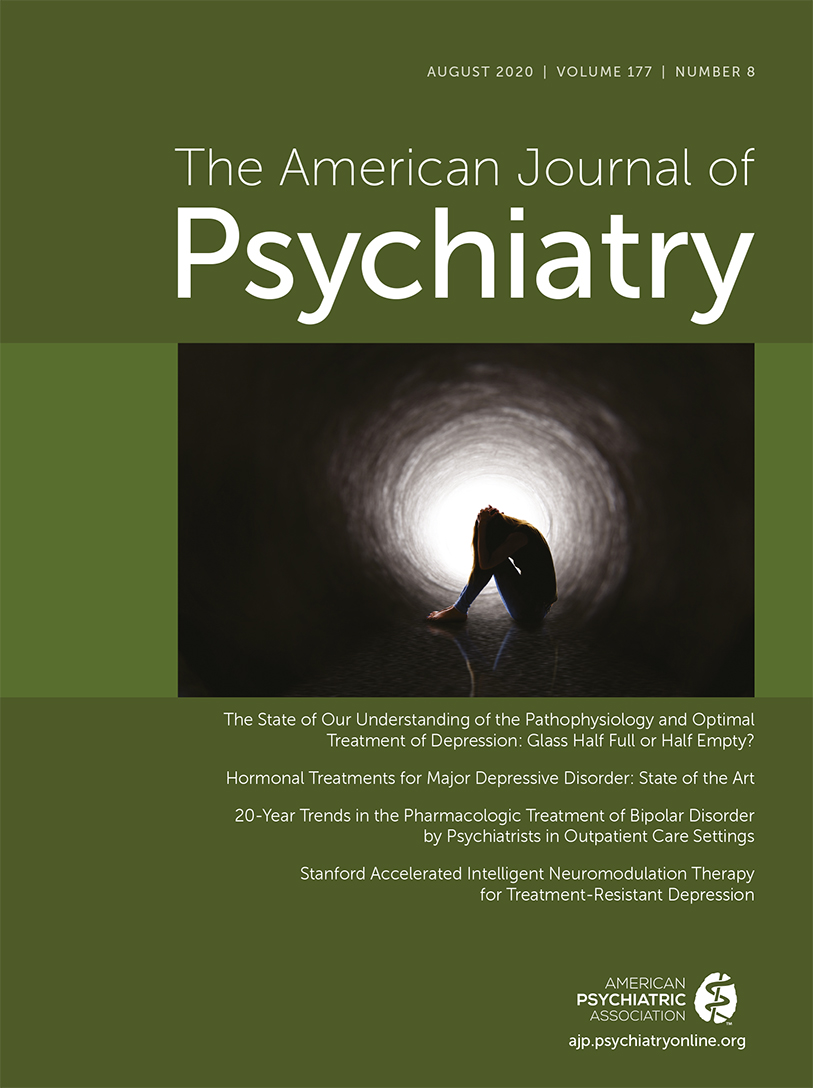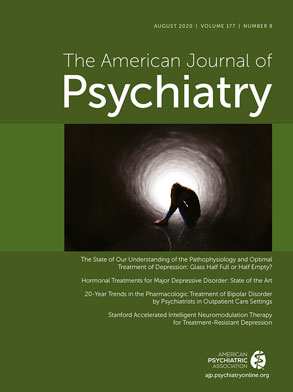T
o the E
ditor: The study by Bränström and Pachankis (
1) shows a reduction in mental health treatments and hospitalization after suicide attempts with increased time after masculinizing or feminizing surgeries.
The data presented in Figure 1 in the article support findings from previous studies showing that transgender individuals have baseline mental health distress that is higher than that of the general population, but it is not possible to conclude from these data whether gender-affirming surgery relieves that distress.
According to the study, mental health utilization rates were highest in the perioperative period. However, the data also could be interpreted as showing that masculinizing or feminizing surgeries were the actual cause of increased mental health utilization. Surgery is a known risk factor for the development of depression (
2) and may have caused a deterioration in mental health in a population of individuals who already had more psychological distress, which abated with time since surgery. It is just as possible that mental health improved as individuals had fewer surgeries.
After the initial 11% drop in mental health visits in the first year after surgery, there was very little change in mental health visits (5.6% over 9 years), and there was a further 11% fall in the ≥10-year group. It is not clear what caused the reduction in the two markers for mental health distress past the 10-year mark. Loss to follow-up, death from suicide of the most psychologically distressed individuals, or death from cardiovascular disease, all known to be increased in the transgender population, could have falsely skewed the ≥10-year data. Comparisons with a control group would be best to answer these questions.
In addition, there are only 19 people in the ≥10-year group who underwent gender-affirming surgery. A total of 21.1% of them received mental health treatment, which is only four people. This means that a single mental health utilization event in either direction would change the calculated rate of utilization by 5%. However, the assertion that gender-affirming surgeries reduce mental health visits by 8% is highly dependent upon this sudden drop in rates in the ≥10-year group of only 19 people.
Finally, no information is given about the composition of the year 1 and ≥10-year groups, but given the changing epidemiology of gender dysphoria in Sweden (
3), the year 1 group likely included a higher percentage of younger natal females than the ≥10-year group, which likely had more older natal males, making comparisons between the year 1 and ≥10-year groups problematic.
Because of the limitations in the study design, it is not possible to determine the cause of the differences in mental health service utilization or whether true reductions in psychological distress actually occurred. Therefore, the authors’ conclusion that the results of their study should be interpreted to support policies that provide gender-affirming surgeries cannot be supported.

